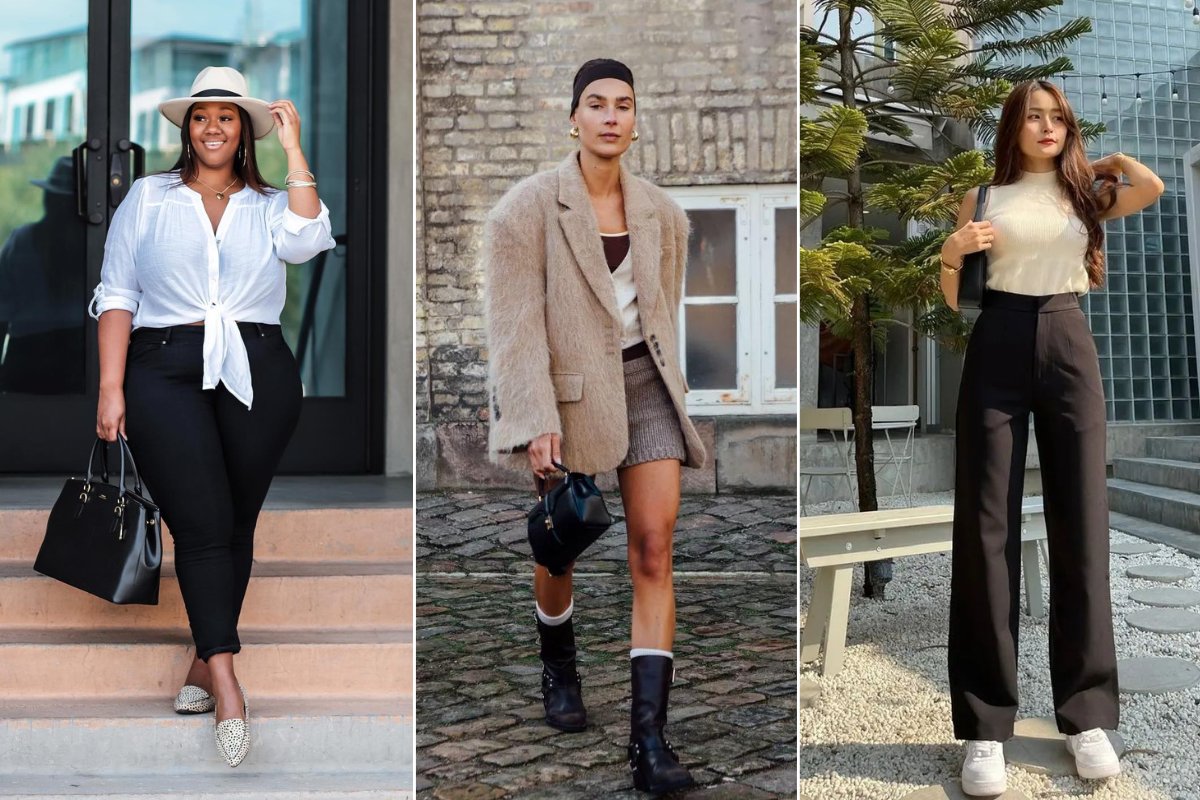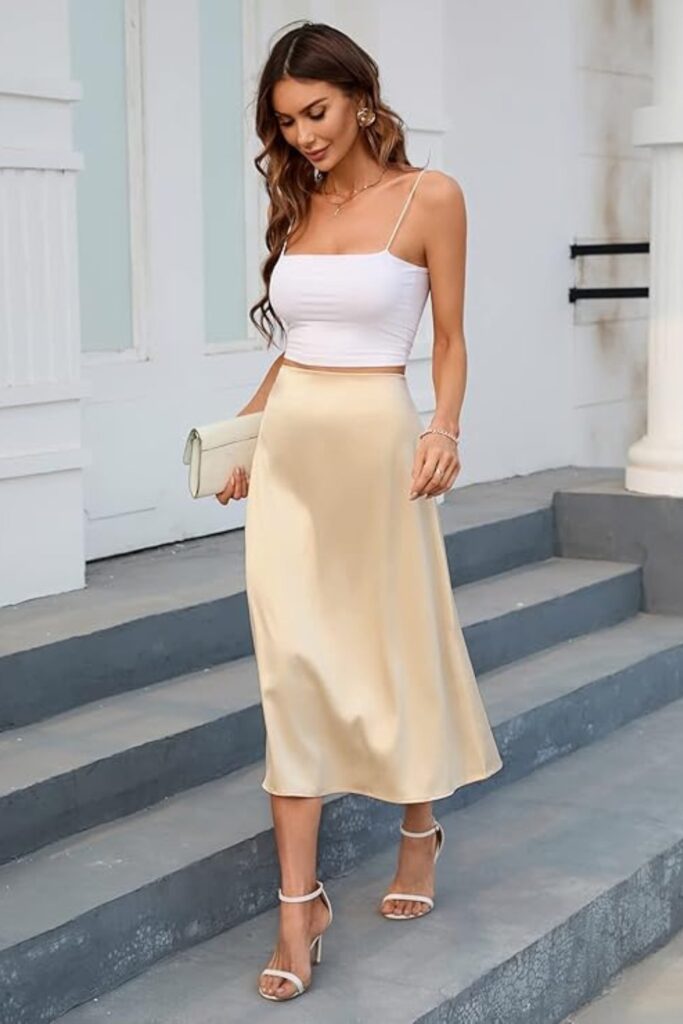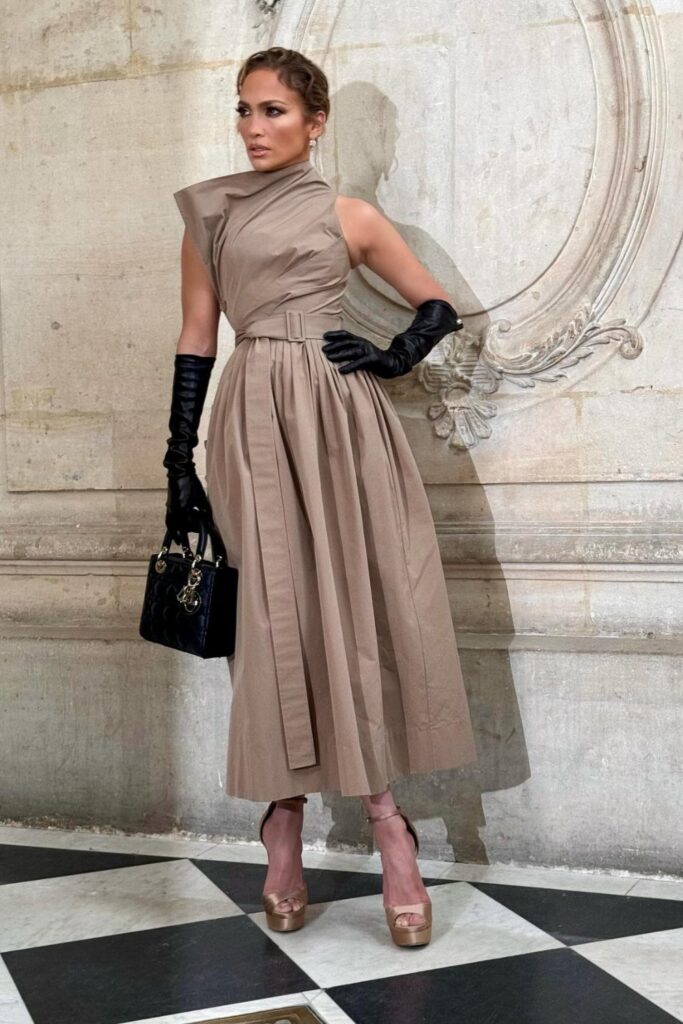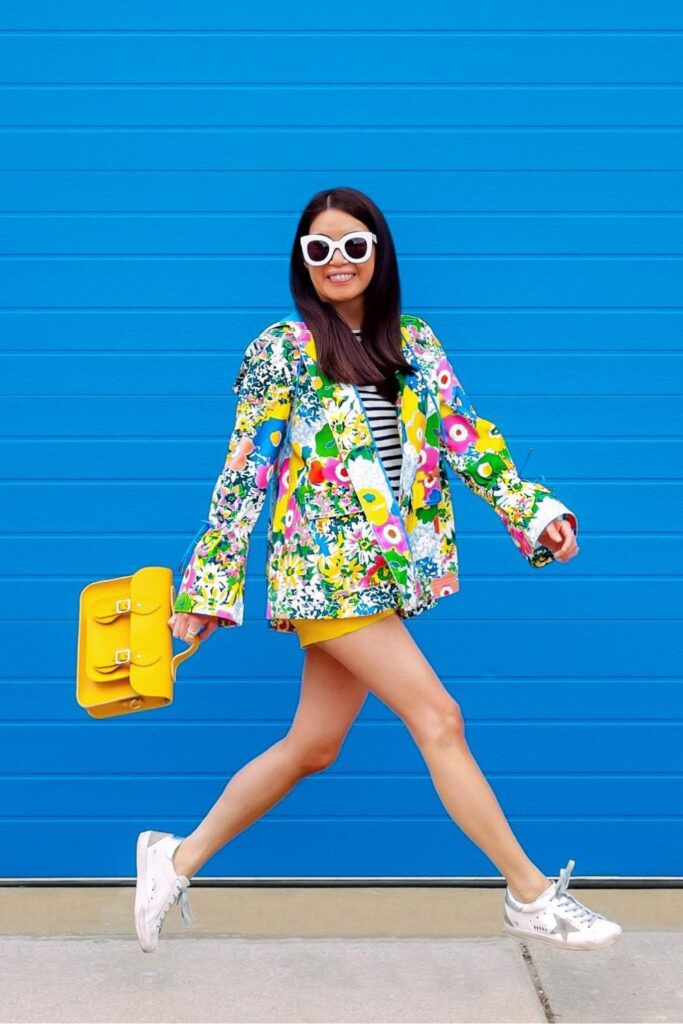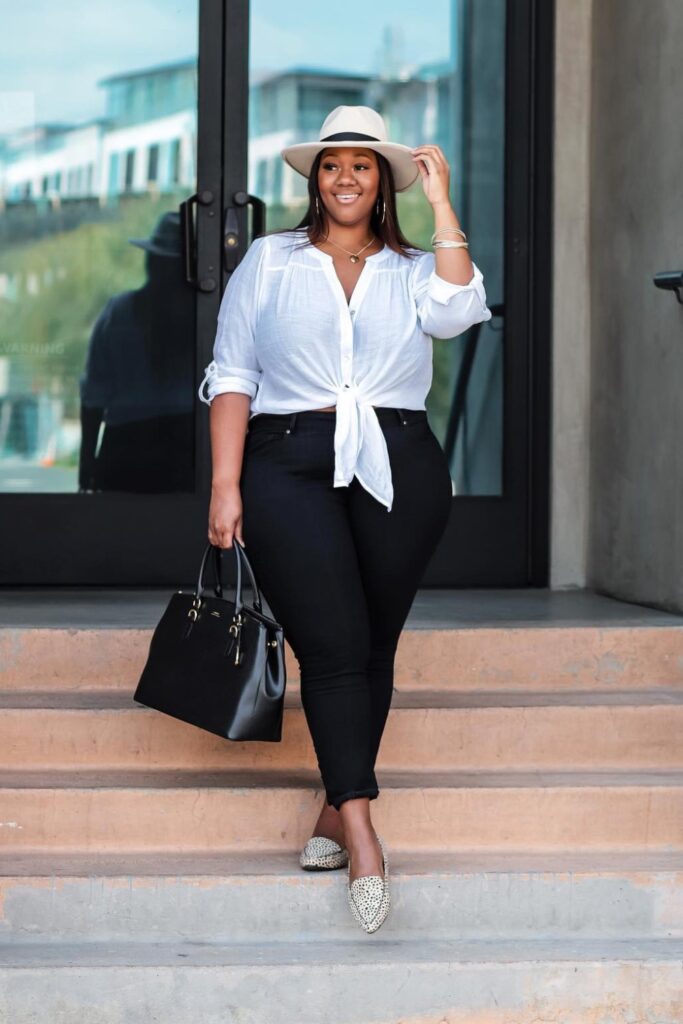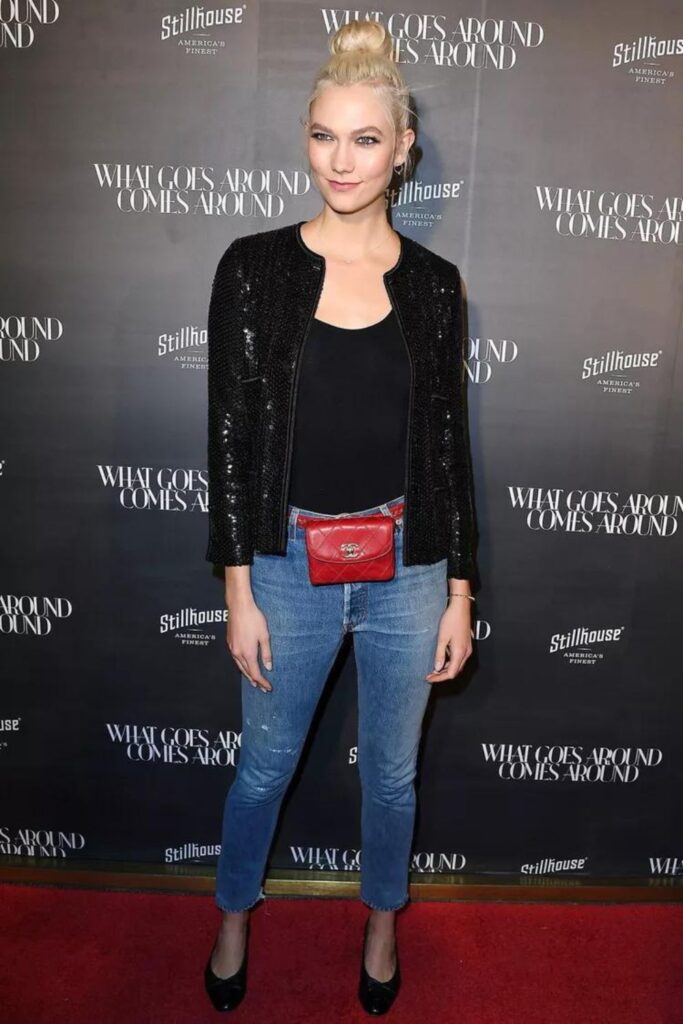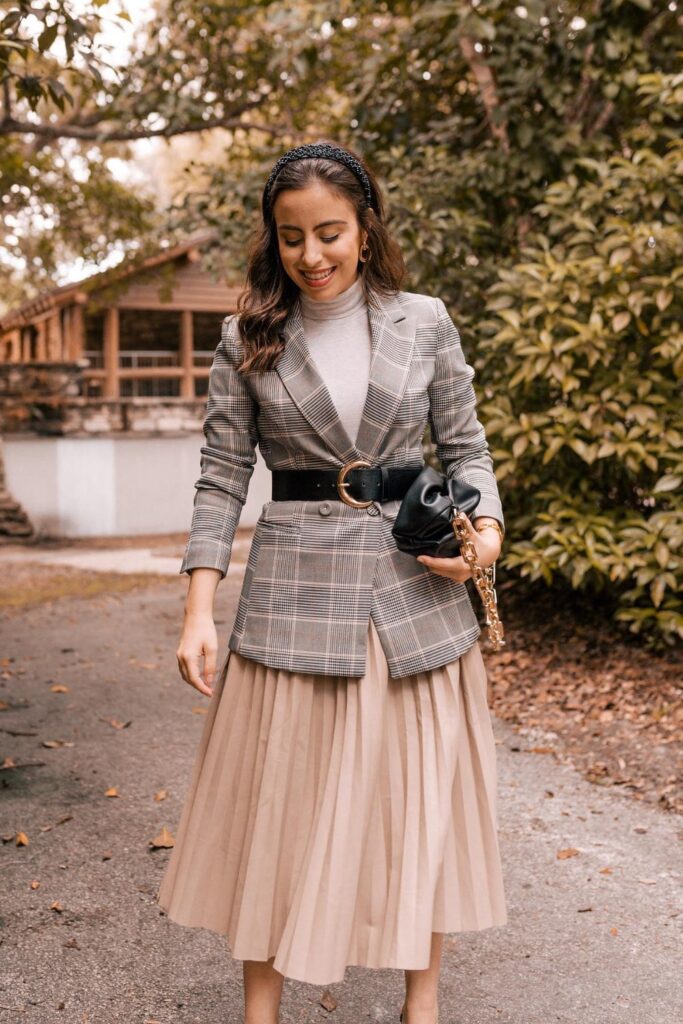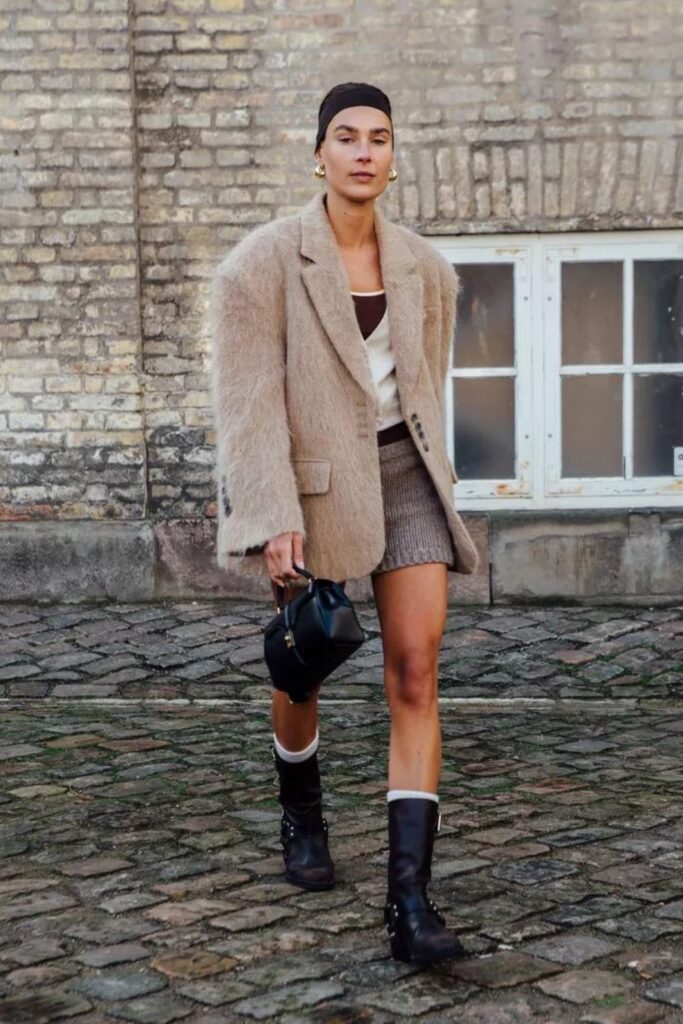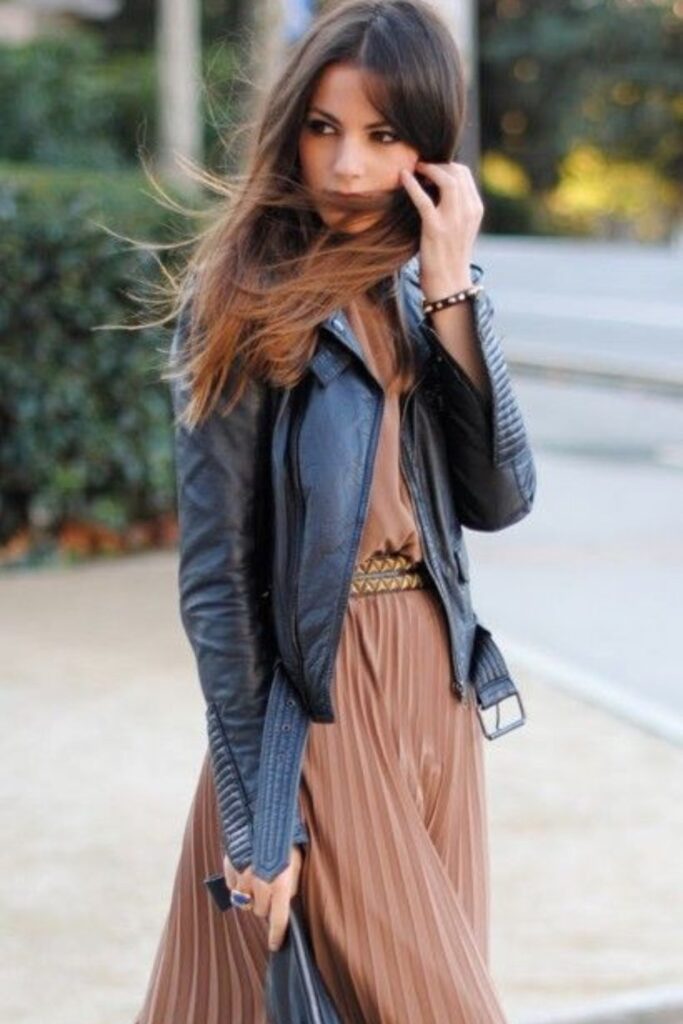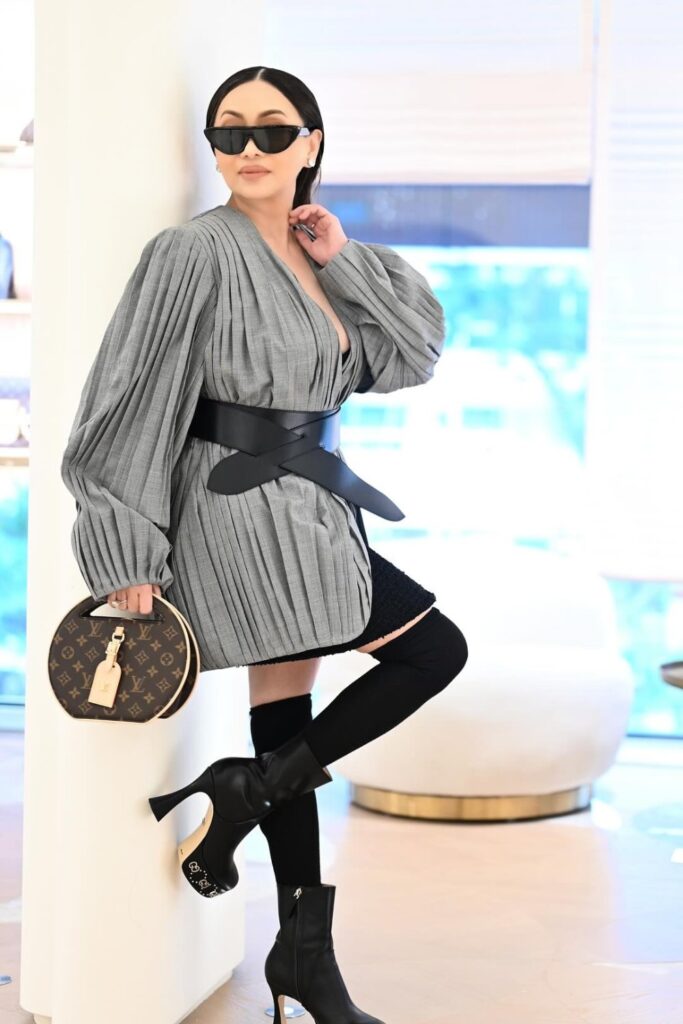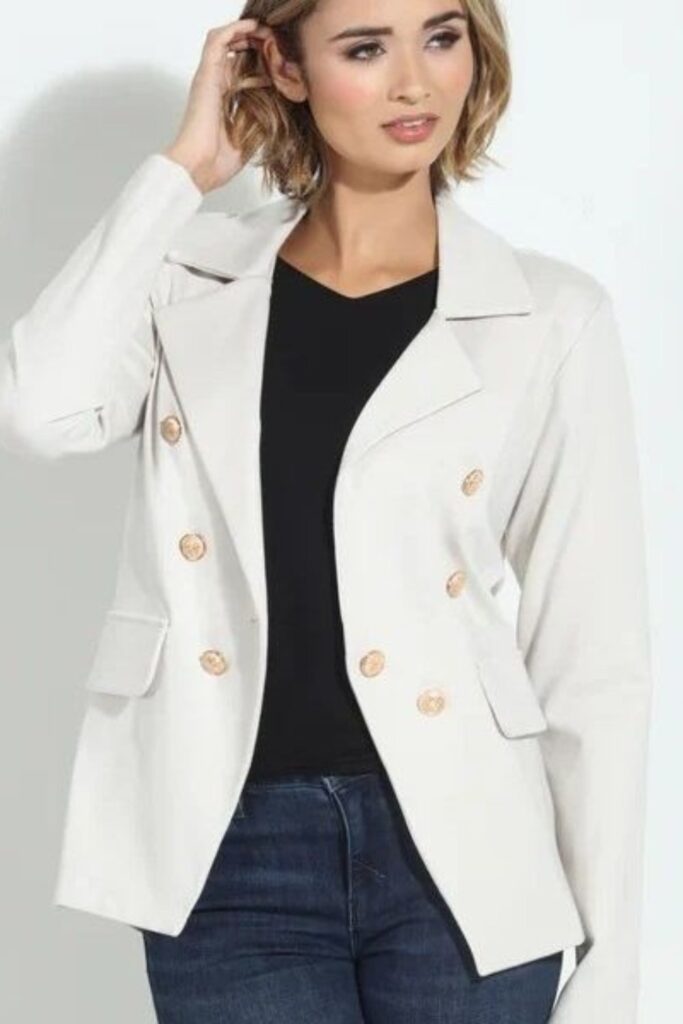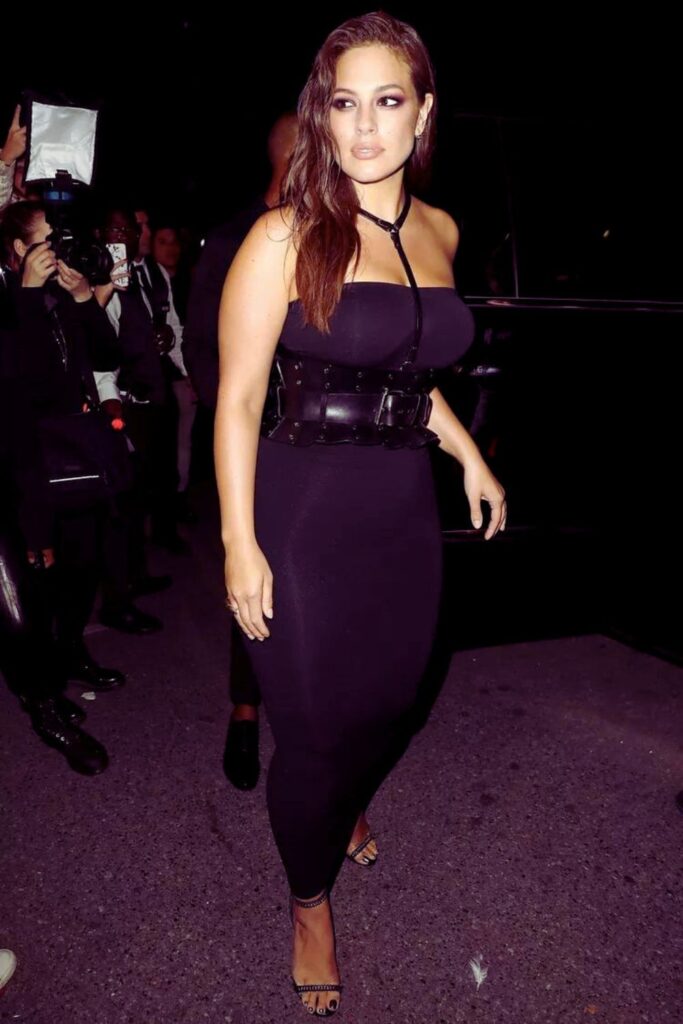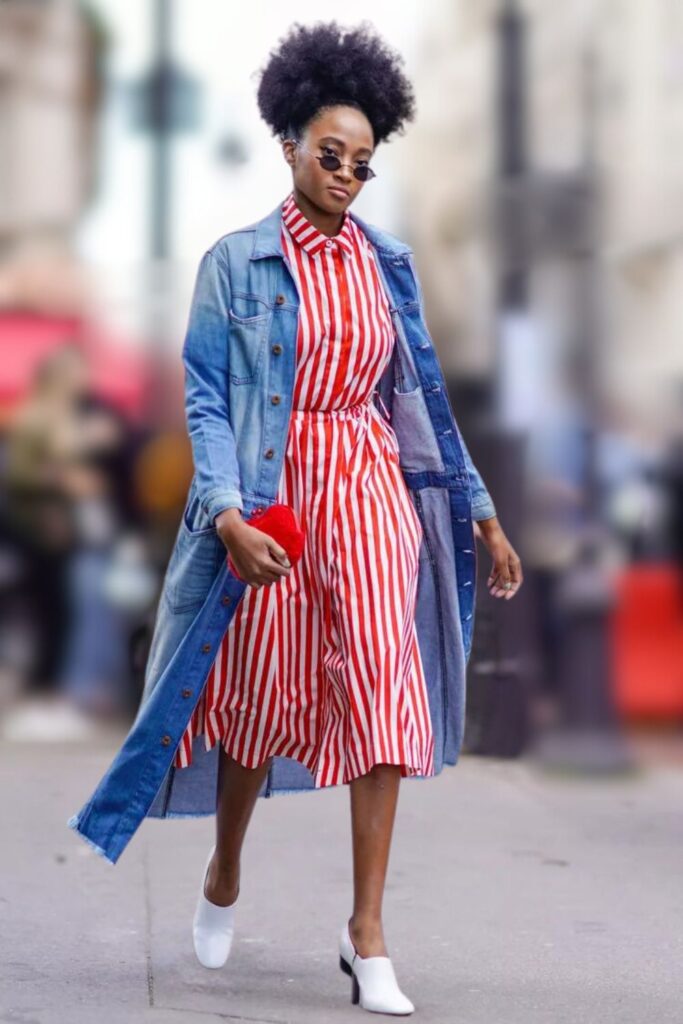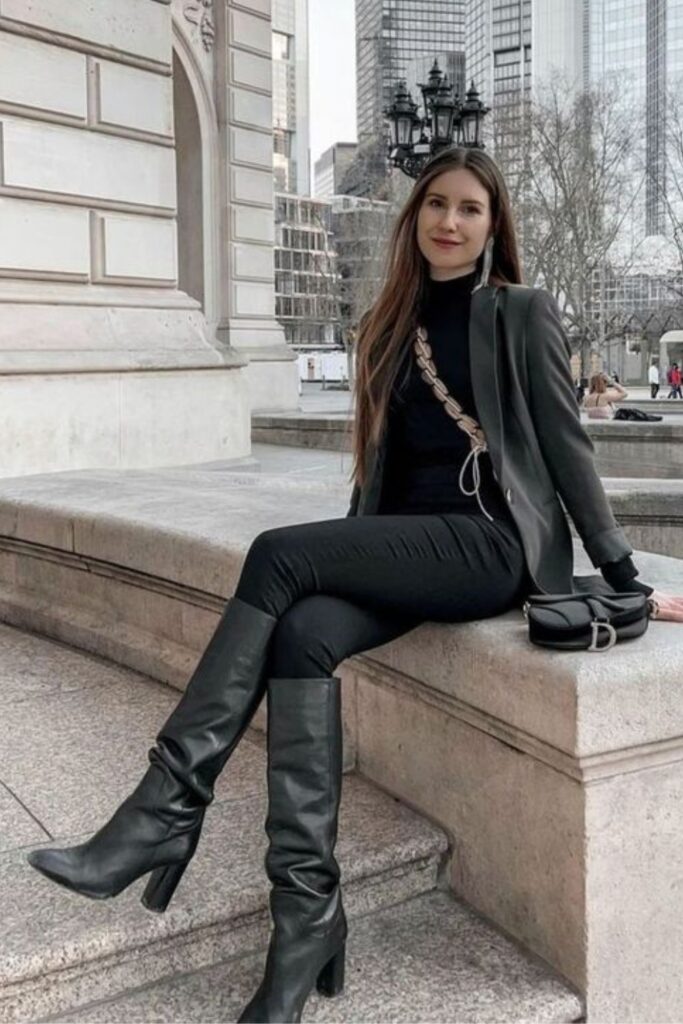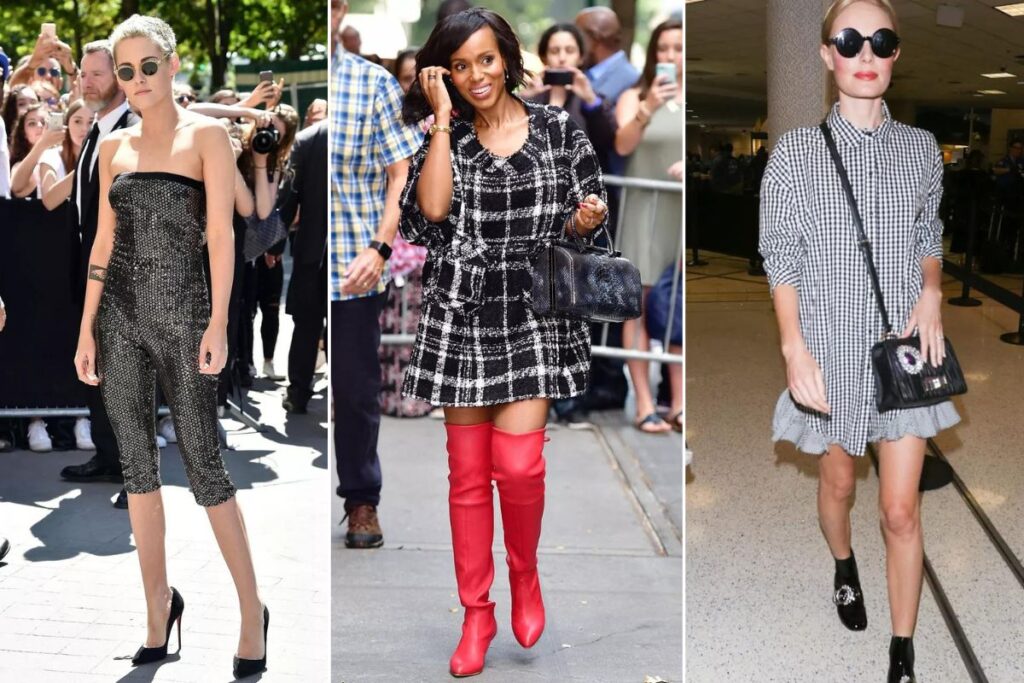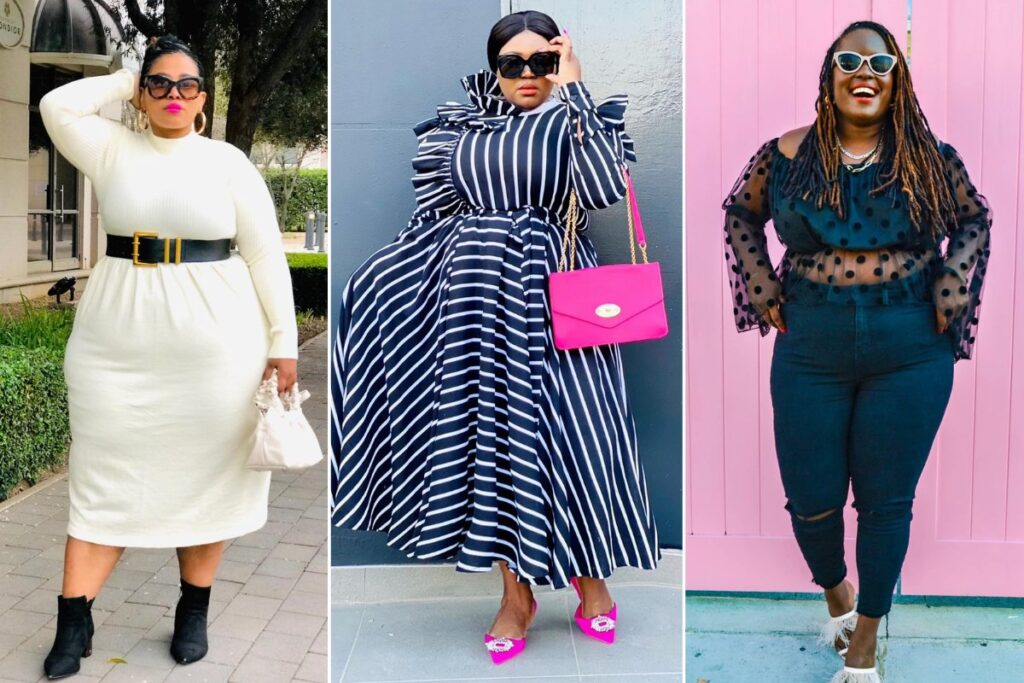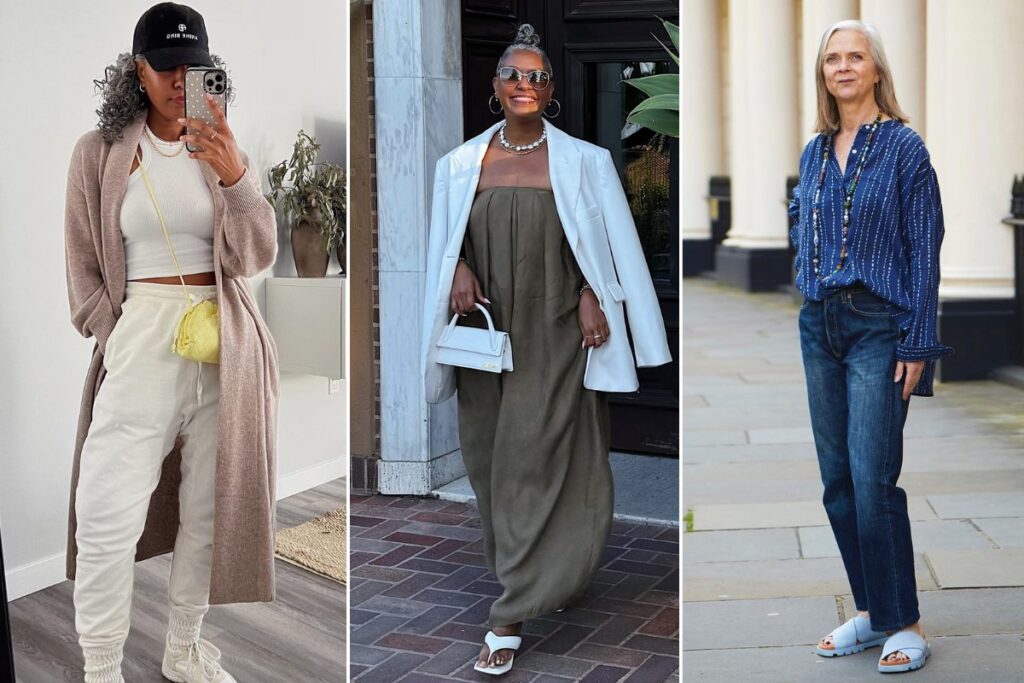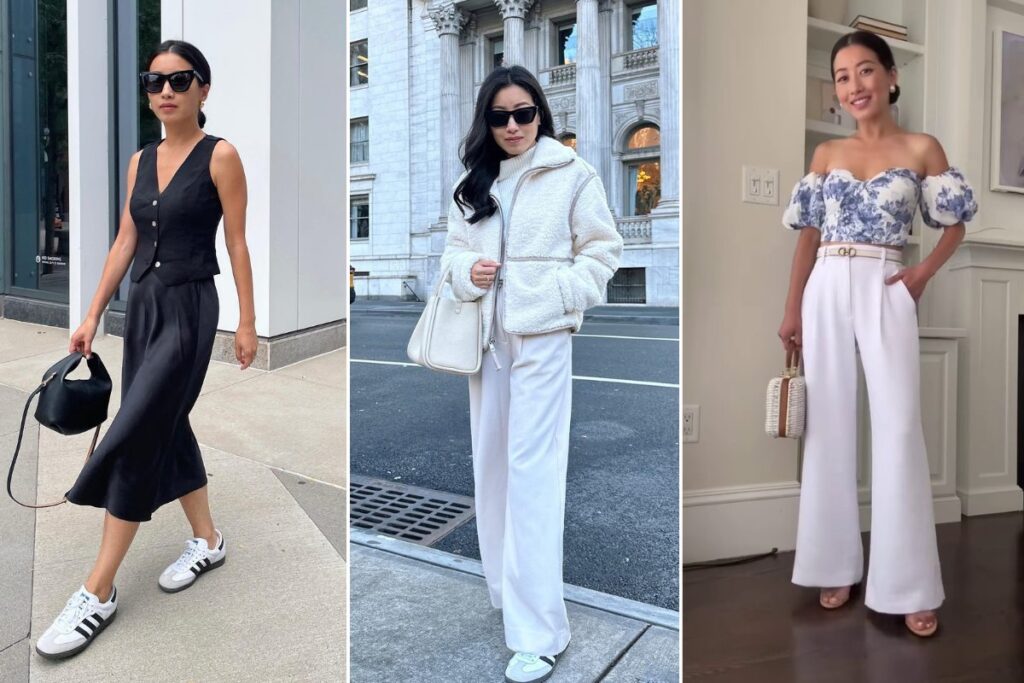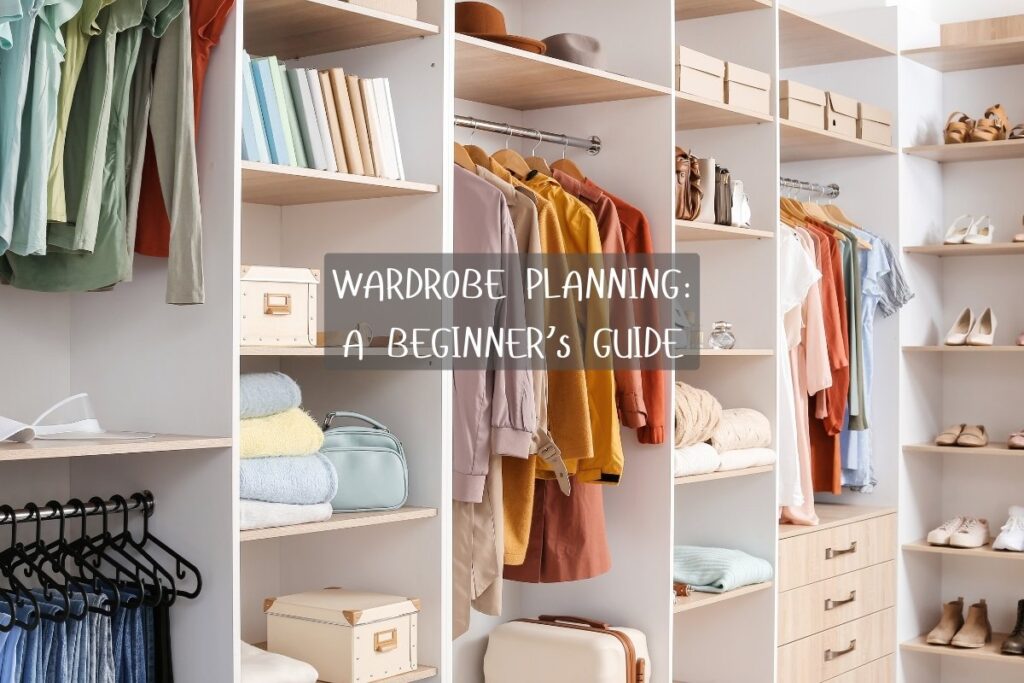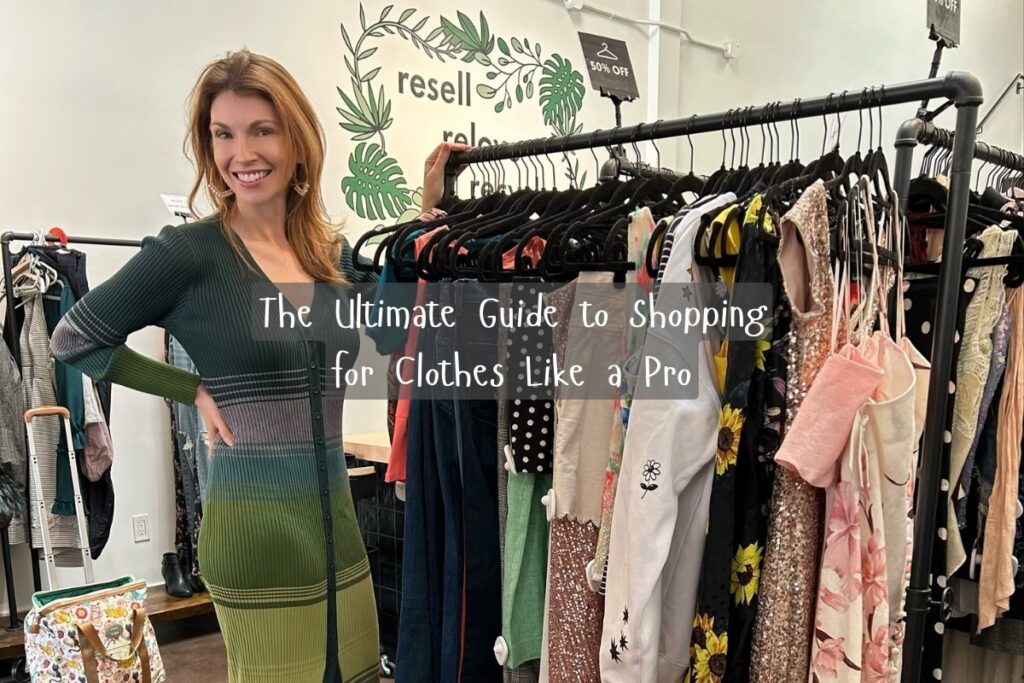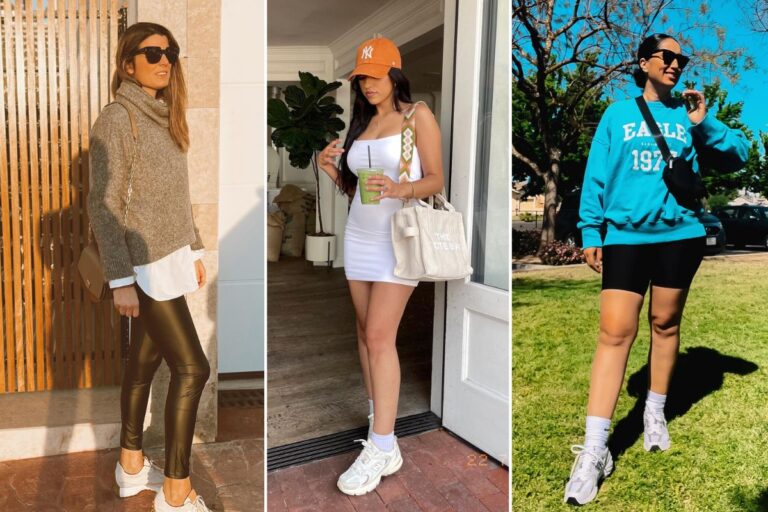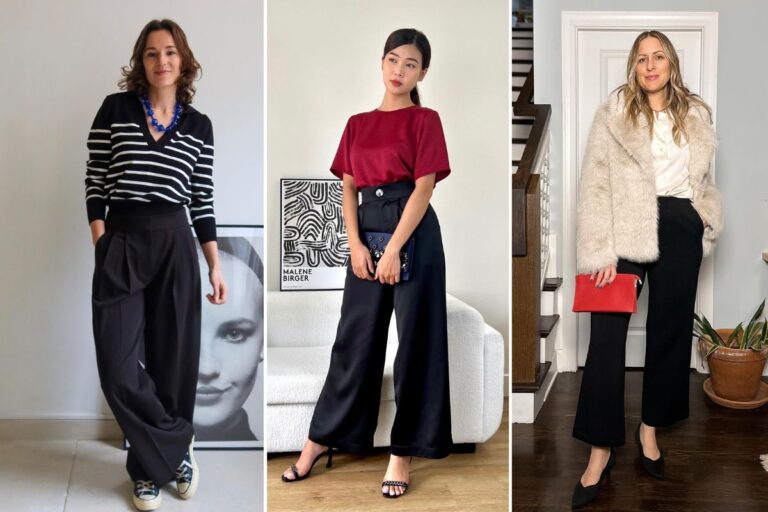As a fashion stylist and editor with over a decade of experience in the industry, I’ve had the privilege of working with countless clients and collaborating with some of the most talented stylists in the business. Through these experiences, I’ve gathered a wealth of knowledge on how to style clothes effectively.
In this comprehensive guide, I’ll share expert tips and techniques to help you transform your wardrobe and elevate your personal style.
Whether you’re a fashion novice or looking to refine your existing style, this post will provide you with valuable insights on how to style clothes like a pro. Let’s dive in and explore the art of styling clothes!
I. Understanding the Basics
Before we delve into specific styling techniques, it’s crucial to grasp the fundamental principles that make an outfit work. These basics will serve as the foundation for all your future styling endeavors.
A. What Makes a Good Outfit
When it comes to styling clothes, balance is key. A well-styled outfit should have harmonious proportions and a sense of visual interest. Here are some essential elements to consider:
1. Balance and Proportions
One of the most important style tips I can offer is to pay attention to the overall balance of your outfit. This means considering how different pieces work together to create a cohesive look.
For example, if you’re wearing a loose, flowy top, you might want to pair it with more fitted bottoms to create contrast and avoid looking overwhelmed by fabric.
2. Rule of Thirds
The rule of thirds is a classic principle in art and design that can be applied to styling clothes. Essentially, it suggests dividing your outfit into three sections vertically.
For example, you might have a top that covers one-third of your body and bottoms that cover the remaining two-thirds. This creates a visually pleasing proportion that’s naturally appealing to the eye.
3. Lead Elements vs. Supporting Elements
When styling an outfit, think about which piece you want to be the star of the show (the lead element) and which pieces will play a supporting role. This approach helps create a focal point in your outfit and prevents pieces from competing for attention.
For example, if you’re wearing a vibrant, patterned midi skirt, that could be your lead element. You might then choose a simple, solid-colored top and minimal accessories as supporting elements to let the skirt shine.
Alternatively, if you’re wearing a statement necklace, keep your clothing choices simpler to allow the jewelry to take center stage.
B. Developing a Sense of Style
If you’re new to the world of fashion or looking to refine your personal style, here are some strategies to help you develop your fashion sense:
1. Becoming an Expert Observer
One of the best ways to learn how to style clothes is by observing others. Pay attention to stylish people you see in your daily life, in magazines, or on social media. Notice how they combine different pieces, use accessories, and create interesting silhouettes.
2. Imitating and Learning
Don’t be afraid to imitate outfits you admire! This is a great way to learn how different pieces work together. As you try recreating looks, you’ll start to understand what works for your body type and personal style preferences.
3. Experimenting and Getting Out of Your Comfort Zone
Styling clothes is all about experimentation. Push yourself to try new combinations, colors, or silhouettes that you wouldn’t normally wear. You might be surprised by what you discover!
4. Using Your Most-Worn Pieces as a Starting Point
Look at the items in your wardrobe that you wear most often. What do you love about them? Use these pieces as a foundation for building new outfits and expanding your style.
II. Styling Techniques Using Juxtaposition
One of the most effective ways to create visually interesting outfits is through the use of juxtaposition. This technique involves combining contrasting elements to create a balanced and dynamic look. Let’s explore various ways to apply juxtaposition when styling clothes:
A. Color
Color is one of the most powerful tools in your styling arsenal. Here’s how to use color contrasts to elevate your outfits:
1. Contrasting Colors
Pairing contrasting colors is a classic way to create eye-catching outfits. When styling clothes with contrasting colors, remember to balance the proportions to avoid overwhelming your look. Here are some classic color combinations to try:
- Black and White: This timeless combination always looks chic and can be styled in countless ways. Try a crisp white shirt with black trousers for a classic look, or go bold with a black and white patterned dress.
- Navy and Orange: This unexpected pairing can create a striking look. Try a navy blazer with an orange blouse, or navy pants with an orange sweater.
- Purple and Yellow: These complementary colors can create a vibrant outfit. A deep purple dress with yellow accessories can be stunning.
- Red and Green: While often associated with Christmas, these colors can work year-round when done right. Try a forest green blazer with a burgundy top for a sophisticated take.
- Blue and Pink: This combination can range from pastel to vibrant. A light blue shirt with a hot pink skirt can create a fun, playful outfit.
Remember, when working with contrasting colors, you can also play with different shades and tones within those color families to create more nuanced looks.
2. Tonal Dressing with Light and Dark Shades
Another approach to styling clothes with color is to use different shades of the same hue. This creates a sophisticated, cohesive look while still maintaining visual interest. For instance, you might pair a light blue shirt with navy pants and a medium-blue jacket.
3. Using Accent Colors
Incorporate small pops of bright or contrasting colors through accessories or small details. This is a great way to add interest to an otherwise neutral outfit.
B. Shape
Mixing different shapes and silhouettes is another effective technique for styling clothes:
1. Boxy vs. Fitted
Combining loose, boxy pieces with more fitted items creates balance and can flatter various body types. For example:
- Pair an oversized, boxy blazer with skinny jeans and a fitted turtleneck. The contrast between the loose blazer and the fitted bottom half creates an interesting silhouette.
- Wear a loose, flowy maxi dress with a fitted denim jacket. The structured jacket provides shape to the loose dress.
- Try a fitted bodysuit with wide-leg trousers. This combination elongates the legs while defining the waist.
2. Loose vs. Tight
Similar to the boxy vs. fitted concept, playing with loose and tight elements can create interesting proportions in your outfit:
- Pair a tight crop top with loose, high-waisted palazzo pants. This combination defines the waist while creating a flowy, dramatic lower half.
- Wear a loose, off-the-shoulder top with tight leather leggings. The contrast between the romantic top and edgy bottom creates a balanced look.
- Try a fitted pencil skirt with a loose, billowy blouse. Tuck in the blouse partially to maintain some waist definition.
3. Angular vs. Curved
Mixing angular, structured pieces with softer, curved lines can create a visually appealing contrast:
- Pair a structured, angular blazer with a soft, flowy midi skirt. The contrast between the sharp lines of the blazer and the curved hem of the skirt creates an interesting visual dynamic.
- Wear a soft, rounded sweater with sharp, tailored trousers. The juxtaposition of the cozy top and crisp bottom creates a balanced, put-together look.
- Try a dress with a mix of angular and curved elements, like a wrap dress with a V-neck (angular) and a ruffle hem (curved).
C. Texture
Texture is often overlooked when styling clothes, but it can add depth and interest to your outfits:
1. Mixing Different Materials
Combine different fabric textures like silk, denim, leather, and knits in one outfit to create a rich, layered look.
2. Smooth vs. Fuzzy
Contrast smooth fabrics with textured or fuzzy materials for an interesting tactile experience.
3. Hard vs. Soft
Pair hard, structured pieces (like a leather jacket) with soft, flowy items (like a chiffon dress) for an unexpected and stylish combination.
D. High vs. Low Brands
Mixing high-end and budget-friendly pieces is a great way to style clothes creatively:
1. Mixing Luxury and Budget Items
Pair a designer bag or shoes with more affordable clothing items to create a balanced, stylish look.
2. Investing in Premium Accessories
Focus on investing in high-quality accessories that can elevate simpler, less expensive clothing items.
E. Dressy vs. Casual
Combining dressy and casual elements is a modern approach to styling clothes:
1. Elevating Casual Outfits
Add dressier pieces to casual outfits for a more polished look:
- Throw a tailored blazer over a t-shirt and jeans for an instantly more put-together appearance.
- Add statement jewelry, like a chunky necklace or bold earrings, to a simple sweater and jeans combo.
- Wear dressy shoes, like heeled sandals or loafers, with a casual sundress to dress it up.
2. Toning Down Formal Pieces
Style formal pieces with casual items for a more relaxed, everyday look:
- Pair a sequined top with distressed jeans and sneakers for a fun, dressed-down party look.
- Wear a fancy cocktail dress with a denim jacket and ankle boots for a more casual vibe.
- Style tailored trousers with a simple t-shirt and sneakers for a relaxed yet polished outfit.
By mastering these techniques, you’ll be able to create countless interesting outfits and truly elevate your style game.
III. Practical Styling Tips
Now that we’ve covered the principles of juxtaposition, let’s dive into some hands-on style tips that you can apply immediately to elevate your outfits.
A. Adjusting Clothing for Better Fit
One of the most important aspects of styling clothes is ensuring a good fit. Here are some quick tricks:
1. Rolling Sleeves
Rolling up long sleeves can instantly make an outfit look more casual and intentional. It’s also a great way to show off statement jewelry.
2. Cuffing Jeans
Cuffing your jeans can alter the length and create a more polished look. It’s also a great way to show off your shoes.
3. Tucking and Tying Shirts
Experiment with different tucking techniques (full tuck, French tuck, side tuck) or try tying your shirt at the waist to create different silhouettes.
B. Accessorizing
Accessories are key when styling clothes. They can completely transform an outfit:
1. Belts
Use belts to define your waist, add interest to a plain dress, or break up a monochromatic outfit.
2. Jewelry
Layer necklaces, stack bracelets, or make a statement with bold earrings to add personality to your look.
3. Bags and Shoes
Choose bags and shoes that complement your outfit. They can either blend in for a cohesive look or stand out as a focal point.
C. Layering Techniques
Mastering the art of layering is crucial for styling clothes effectively:
1. Combining Different Pieces
Mix different lengths, textures, and weights of clothing to create depth and interest in your outfit.
2. Creating Depth and Interest
Use layering to add color, texture, and dimension to your look. For example, try a turtleneck under a slip dress or a denim jacket over a maxi dress.
IV. Building a Versatile Wardrobe
To make styling clothes easier, it’s important to have a well-curated wardrobe. Here’s how to build one:
A. Essential Pieces
1. Identifying Your Wardrobe Staples
Determine which pieces you wear most often and form the foundation of your style. These might include items like a white t-shirt, well-fitting jeans, or a blazer.
2. Investing in Quality Basics
Spend a bit more on high-quality basics that will last longer and maintain their shape and color.
B. Creating a Capsule Wardrobe
A capsule wardrobe can make styling clothes much easier:
1. Selecting Versatile Pieces
Choose items that can be mixed and matched easily. Stick to a cohesive color palette to maximize combinations.
2. Mixing and Matching
Practice creating different outfits with your capsule pieces. This will help you see how versatile your wardrobe can be.
C. Shopping Strategies
Smart shopping is key to building a wardrobe that’s easy to style:
1. Buying Clothes You’ll Actually Wear
Before purchasing, imagine at least three different ways you could style the item with pieces you already own.
2. Considering Lifestyle and Personal Style
Make sure the clothes you buy align with your daily activities and personal aesthetic. This will ensure you actually wear what you purchase.
V. Overcoming Styling Challenges
Even fashion enthusiasts face styling hurdles from time to time. Here’s how to tackle some common challenges:
A. Dealing with a Style Rut
When you feel stuck in a style rut, try these strategies:
1. Setting Style Challenges for Yourself
Challenge yourself to style a particular item in three different ways, or try wearing a color you usually avoid. These small challenges can reignite your creativity when styling clothes.
2. Finding New Inspiration
Explore fashion blogs, magazines, or social media for fresh styling ideas. Sometimes, seeing how others style clothes can spark new ideas for your own wardrobe.
B. Dressing for Different Occasions
Knowing how to style clothes for various settings is crucial:
1. Work Outfits
Create a capsule of mix-and-match work-appropriate pieces that align with your office dress code while reflecting your personal style.
2. Casual Looks
Master the art of elevating casual outfits with accessories or unexpected combinations to avoid falling into a jeans-and-tee rut.
3. Special Events
Develop a go-to formula for dressing up, whether it’s a cocktail dress with statement jewelry or a tailored suit with unique accessories.
C. Adapting to Changing Trends and Personal Style
As trends evolve and your personal style develops, your approach to styling clothes may need to adjust:
1. Incorporating New Pieces
Gradually introduce new trends or styles by pairing them with your existing wardrobe staples.
2. Updating Old Favorites
Find ways to restyle or alter older pieces to align with your current taste and trends.
VI. Developing Your Personal Style
The ultimate goal in learning how to style clothes is to develop a personal style that feels authentic to you:
A. Defining Your Style Aesthetic
1. Identifying Preferences
Pay attention to what you’re consistently drawn to when shopping or admiring others’ outfits. This can help you pinpoint your style preferences.
2. Creating a Style Mood Board
Collect images of outfits and styles you love to visualize your ideal aesthetic. This can guide your future styling choices.
B. Experimenting with Different Looks
1. Trying New Combinations
Don’t be afraid to mix unexpected pieces. Some of the most interesting outfits come from experimental styling.
2. Learning from Successes and Failures
Take note of which outfits make you feel most confident and why. Similarly, reflect on looks that didn’t work to refine your style.
C. Refining Your Style Over Time
1. Regular Wardrobe Edits
Periodically review your wardrobe, removing items that no longer serve your style and identifying gaps to fill.
2. Evolving with Changing Tastes and Lifestyle
Allow your style to evolve naturally as your life changes. Your approach to styling clothes should reflect your current lifestyle and preferences.
VII. Advanced Styling Techniques
As you become more confident in styling clothes, consider these advanced techniques:
A. Print Mixing
Learn to combine different patterns by balancing scale and finding common colors between prints.
B. Monochromatic Dressing
Master the art of styling clothes in a single color palette, using texture and shape to create interest.
C. Seasonal Transitioning
Develop strategies for adapting your favorite pieces across seasons through clever layering and styling.
In conclusion, learning how to style clothes is an ongoing journey of self-expression and creativity. By understanding the basics, mastering various styling techniques, and continually refining your personal style, you’ll be able to create outfits that not only look great but also make you feel confident and authentic. Remember, the best style tip is to wear what makes you feel amazing. Happy styling!
